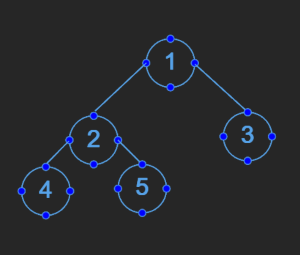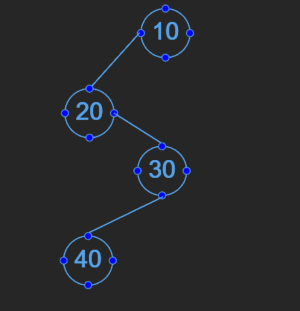Postorder Traversal Explained
Postorder traversal is a method of traversing a binary tree where nodes are visited in the following order:
- Left Subtree
- Right Subtree
- Root Node
This bottom-up approach is especially useful for operations where children need to be processed before their parent, such as when deleting a tree or evaluating expression trees.
How Postorder Traversal Works
- Traverse the Left Subtree: Recursively visit all nodes in the left subtree.
- Traverse the Right Subtree: Recursively visit all nodes in the right subtree.
- Visit the Root Node: Process the root node after its subtrees have been visited.
Characteristics
- Bottom-Up Order: Ensures that children are processed before the parent node.
- Usage Scenarios: Ideal for tasks such as safely deleting a tree (where you delete children before the parent) and evaluating postfix expressions.
- Implementation: Can be implemented either recursively or iteratively (often using two stacks).
Example Test Cases
Test Case 1: Simple Tree
Input Tree:
 Expected Postorder Traversal Output:
Expected Postorder Traversal Output:
[4, 5, 2, 3, 1]
Test Case 2: Tree with One Child Nodes
Input Tree:
 Expected Output:
Expected Output:
[40,30,20,10]
Summary
Postorder traversal follows the Left → Right → Root sequence, ensuring that all descendants of a node are processed before the node itself. This order is particularly beneficial when you need to delete nodes or evaluate expressions that depend on the values of child nodes before combining them at the parent.
Category:- Binary Trees
Programming Language: - Java
Reference Link:
https://leetcode.com/problems/binary-tree-postorder -traversal
Loading component...
Loading component...